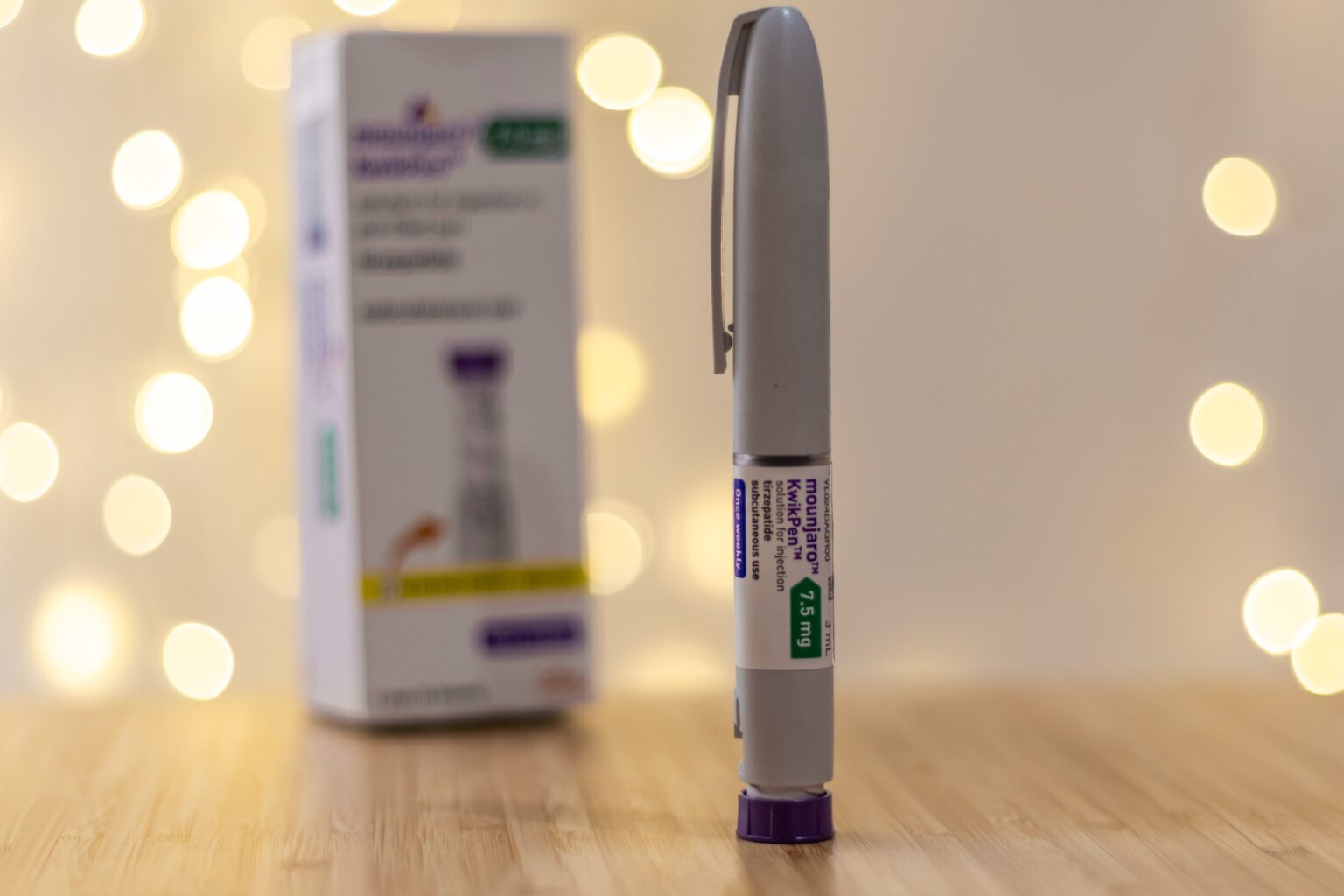Patients who have used a gastric band have undergone a significant change in their lives in the battle against chronic obesity. They’ve made a positive step already as they move closer to the goal of living a healthier lifestyle.
However, some patients may find their results start to wane, plateau, or slowly reverse, meaning they must rely on alternative support to maintain or enhance their weight loss journey. Mounjaro has been recognised as a potential complementary treatment option in the years following a gastric band operation, but it’s natural to consider the safety and effectiveness of these weight loss medications.
At Bodyline, our team of experienced weight health professionals have worked with men and women at every stage of their weight loss journey, whether they’re preparing for gastric band surgery or coming to us after a gastric band.
If you’re considering weight loss medications, such as NICE approved Mounjaro, combined with a gastric band, don’t hesitate to get in touch by calling us on 0800 995 6036.
However, we hope this comprehensive explainer can help you understand how safe Mounjaro is following a gastric band and the importance of clinical weight loss support.
Gastric Bands and How They Work
A gastric band, also known as a laparoscopic adjustable gastric band (LAGB), is a silicone device placed around the upper portion of the stomach to reduce the amount of food your stomach can take. This surgical approach helps patients feel full faster and consume smaller portions of food, as there is physically less room for the stomach to fill.
Key things to note about a gastric band:
· The band works by encouraging friction on the nerves at the top of the stomach as food passes through.
· It works on physical hunger, and doesn’t prevent emotional eating or cravings
· Leads to a patient being able to limit their food intake through controlled portion sizes
· The band allows for adjustments through a port under the skin
· This gradual approach is supposed to lead to a sustainable weight loss through the creation of habitual lifestyle changes
Weight loss can sometimes begin to trail off with a gastric band and this can be for a few reasons. Some people find it difficult to stick to the total lifestyle alterations and old habits can start creeping back in. Some people may find their stomach above the band has stretched, allowing for an increase of food once again.
That’s where weight loss injections like Mounjaro can support further weight loss or weight maintenance.
Mounjaro Weight Loss Injections: What Are They?
Mounjaro (tirzepatide) has represented a total breakthrough in weight management medication and the global battle against obesity. As a dual hormone receptor agonist, it works differently from traditional weight loss medications by targeting multiple metabolic pathways.
The science behind Mounjaro is fairly simple to understand. The injection mimics dual hormones called GLP-1 and GIP.
GLP-1, or glucagon-like peptide-1, is a hormone that regulates blood sugar levels and appetite and is released in the intestines following mealtimes. Glucose-dependent insulinotropic polypeptide, or GIP, is another hormone released by the small intestine in response to food intake and works to regulate blood sugar and nutrient absorption.
In other words, using Mounjaro means you can target two processes in the body rather than one, making weight loss and weight management much more effective.
Key features of Mounjaro include:
· Once-weekly injectable medication
· Helps regulate blood sugar levels · Reduces appetite and food cravings, including the mental “food noise”, to prevent overeating and unnecessary snacking
· Slows gastric emptying
Using Mounjaro After a Gastric Band
The combination of Mounjaro while living with a gastric band requires careful consideration and medical supervision. While both interventions can support weight loss, their interaction needs to be managed properly to ensure safety and effectiveness, even when the band’s effectiveness has reduced.
Important considerations include:
· Timing after band placement
· Potential adjustments to band tightness
· Monitoring of eating patterns and portion sizes
· Eligibility for Mounjaro medication (see below)
Eligibility is an important caveat to this. If you have managed to lose a significant amount of weight with the gastric band that means your Body Mass Index (BMI) has pushed you out of eligibility for Mounjaro, then you’d be unable to be prescribed the medication.
That’s because according to the Medicines and Healthcare products Regulatory Agency (MHRA), Mounjaro is only authorised to be prescribed to the following regulations:
Adult patients with a BMI of 30 or more (obesity) or those with a BMI between 27-30 (overweight) who also have weight-related health problems such as prediabetes, high blood pressure, high cholesterol, or heart problems.
Healthcare providers, such as Bodyline, would typically recommend starting Mounjaro at a lower dose, especially when used in conjunction with a gastric band, and ONLY gradually increasing the dose based on individual response and tolerance.
Bodyline and Bariatric Aftercare
At Bodyline, we provide comprehensive support for patients with gastric bands considering Mounjaro injections. Our approach includes:
· Detailed medical assessments to ensure suitability for medical weight loss therapy
· Customisable treatment plans that account for individual needs and work holistically for each patient
· Regular monitoring of progress and side effects with consultations, weigh ins, and health check-ups
· Dietary guidance and nutritional support
We understand that each patient’s journey is unique and specialist weight health support provides life changing. At Bodyline our team of specialists works closely with individuals to ensure safe and effective weight management strategies.
Talk to us today about your supported medical weight loss options. Call 0800 995 6036 or complete an enquiry form for a call back.
Bodyline works, and Bodyline cares.
Contact Bodyline today to find out more about our safe and effective weight loss programmes and range of treatment options.















